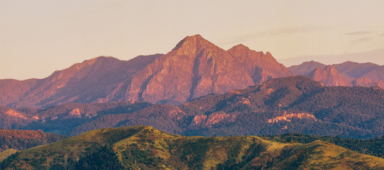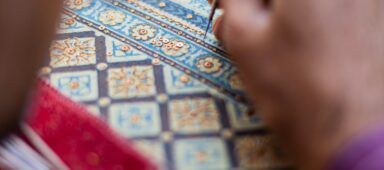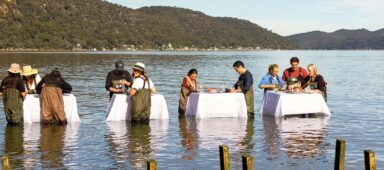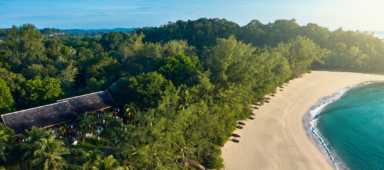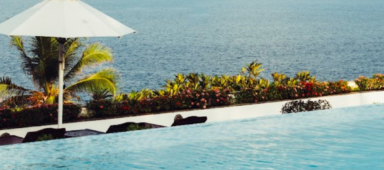Pahang’s royal town of Pekan could be the next big thing on the heritage tourism map.
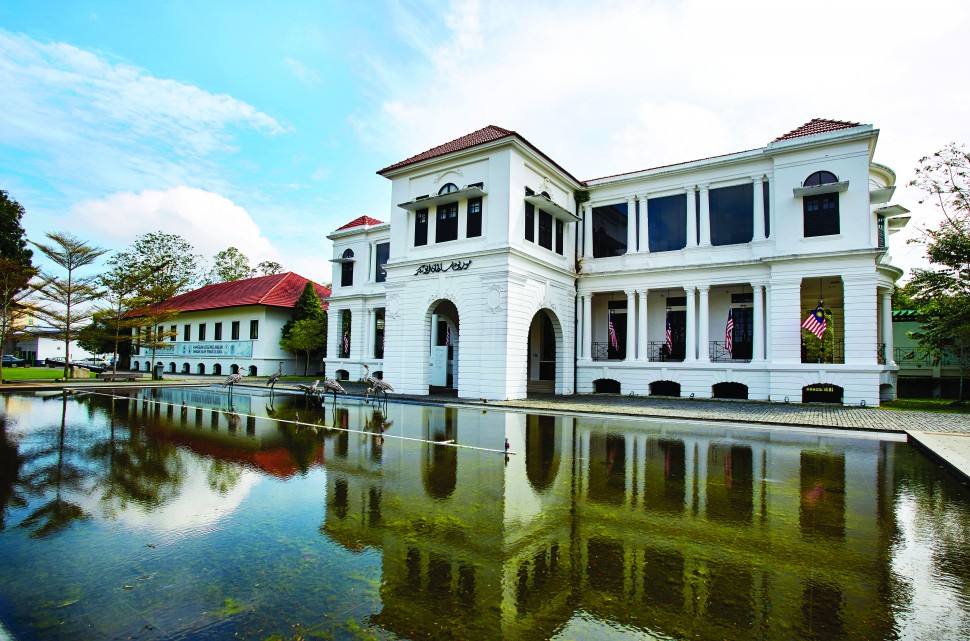
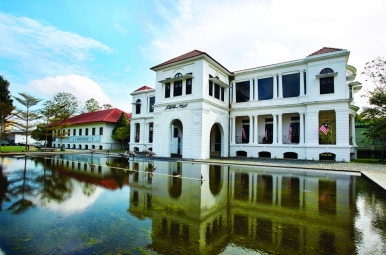
Everywhere you turn in Pekan, there’s no escaping royal references.
Pudding Diraja, or Royal Pudding. Royal weavers. Even the town’s inaugural four-star hotel, Ancasa Royale Pekan, makes a nod to royalty in its name.
To understand the locals’ deep affection for their royal rulers, it pays to go back to Pekan’s origins. Like many great civilisations, Pekan was selected as a royal residence for the old kingdom of Pahang state because of its strategic location on the banks of the Pahang River, Peninsular Malaysia's longest waterway. At its peak, Pekan was a vibrant port that saw the trade of luxurious silks and precious metals. The History of Ming records more than one envoy exchange between Pahang and China, including a visit by legendary Admiral Zheng He in 1412.
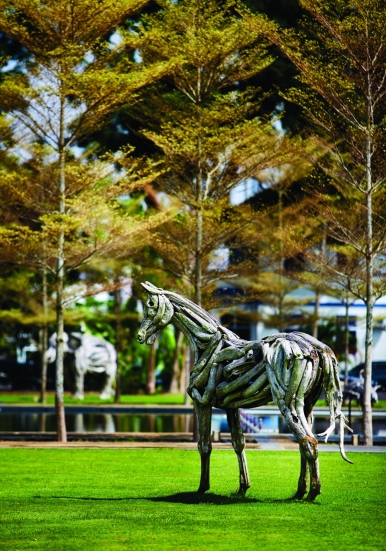
Following the rise of the Malaccan Sultanate, Pekan’s importance as a power base dwindled, waning further when British colonials shifted Pahang’s administrative centre to Kuala Lipis in 1891. Since then, Pekan, which lies some 40 kilometres from Pahang’s capital of Kuantan, is treated as a gateway to other attractions such as the freshwater lake Tasik Chini and the Endau Rompin National Park. Despite heaping praise on its picturesque countryside and laidback vibe, visitors don’t stick around for long – not realising that they’re missing out on a major historical site.
“Multiple generations of royal families who lived and ruled here left behind a staggering legacy of historical monuments and intangible heritage, many of which have escaped the attention of researchers and scholars,” says Pekan native Muhamad Anas Aziz, an entrepreneur who left a lucrative job in Kuala Lumpur to serve his hometown several years ago. “To give you an idea of how architecturally rich Pekan is, there are at least seven palaces within striking distance of the historic waterfront!”
Unfortunately, some of these historical structures have been abandoned, left to rot away or worse, demolished.
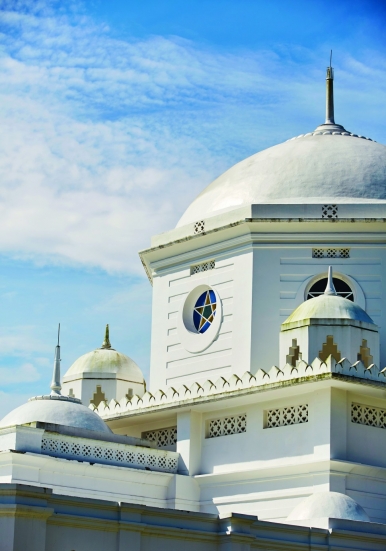
Pekan's fortunes began to change shortly after Datuk Seri Najib Tun Abdul Razak – a Pekan native – became Malaysia’s Prime Minister in 2009. Government arm East Coast Economic Region Development Council (ECERDC) embarked on an ambitious initiative to revive the historic Pekan waterfront, beginning with the restoration of some of its most important landmarks.
The first beneficiary was Sultan Abu Bakar Museum, a colonial building that fell into disrepair after serving variously as British residence, Japanese army barracks, royal palace and museum. Following a RM16 million (USD3.8 million) facelift that involved architectural refinements, landscaping rework and the introduction of modern technology to improve user experience, the museum reopened in October 2012 to critical acclaim – it scooped up a gold award at the prestigious Design for Asia Awards (a first for Malaysia). It is also credited for driving Pekan’s visitor count from 16,000 in 2009 to a whopping 250,000 between October 2012 and February 2015.
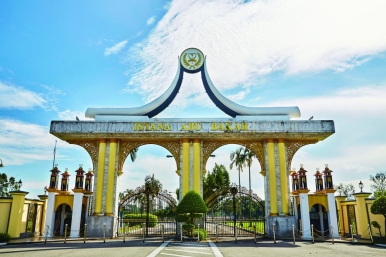
From a heritage standpoint, it paved the way for the restoration of other abandoned landmarks such as the Sultan Abdullah Museum Mosque but more significantly, it is generating greater awareness of the value of preserving cultural resources. And what better way than to build a “royal experience” around its most recognisable symbols such as its old palaces and heritage crafts?
In fact, one of the reasons that royalty is so beloved is the leadership in championing Pekan’s intangible heritage. For example, the revived interest in Tenun Pahang Diraja, a complex silk-weaving method unique to Pekan, is commonly attributed to Tengku Puan Pahang Tunku Azizah Aminah Maimunah Iskandariah Sultan Iskandar, who was instrumental in getting it conferred royal status.

Tourism is still a new player in Pekan but there’s certainly more to do for the visitor these days. Last October, there was a national expedition to commemorate Laluan Penarikan, a 450-kilometre river trail that legendary warrior Hang Tuah took to capture Pekan beauty Tun Teja for the Sultan of Melaka. Just outside the town centre, there’s Serambi Pekan, a food and arts complex that showcases Pekan’s unique heirloom delicacies such as Puding Diraja. Still to come: capitalising on the town’s maritime history, the Kuala Pahang river delta is being developed into an attraction point; a ‘Journey Through The Royal Town’ walking trail is also in the pipeline.
For locals like Muhamad Anas, the true value of Pekan lies in its undiscovered treasures and stories. “Many of us are just starting to peel back the curtain on our heritage. There’s never been a more exciting time to be in Pekan than now.”

